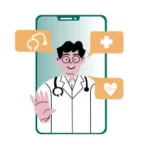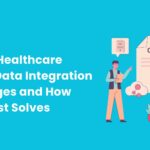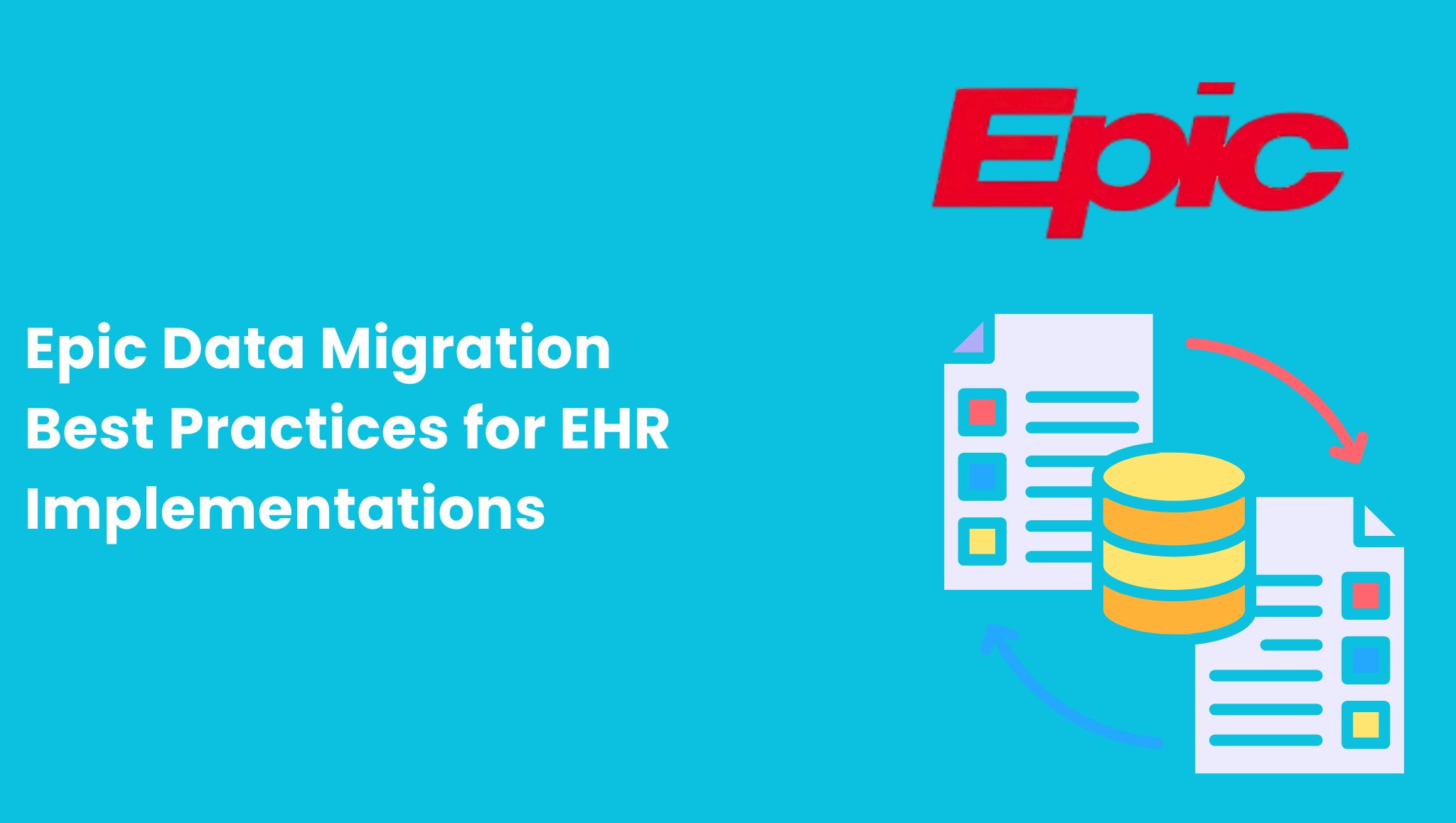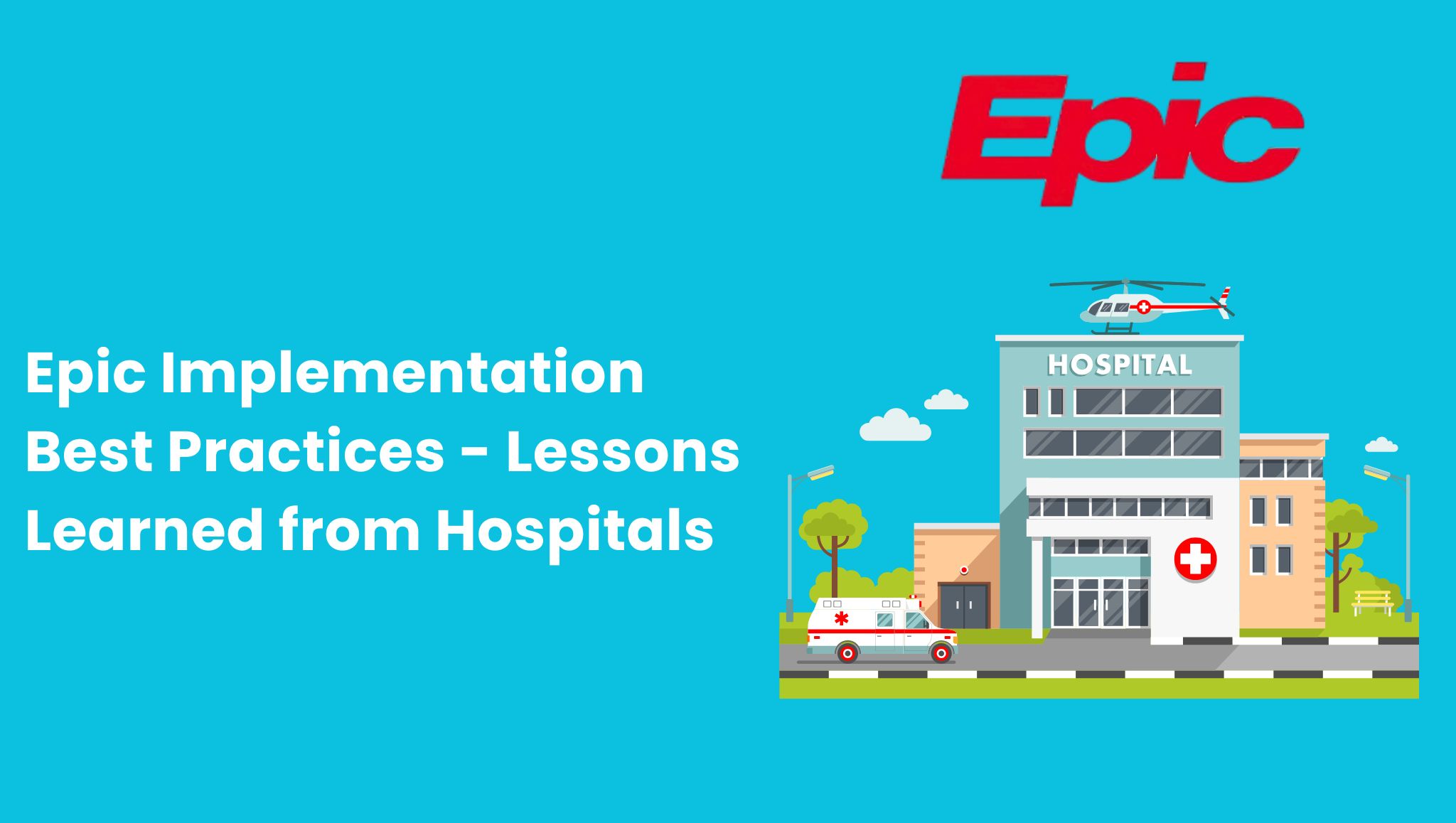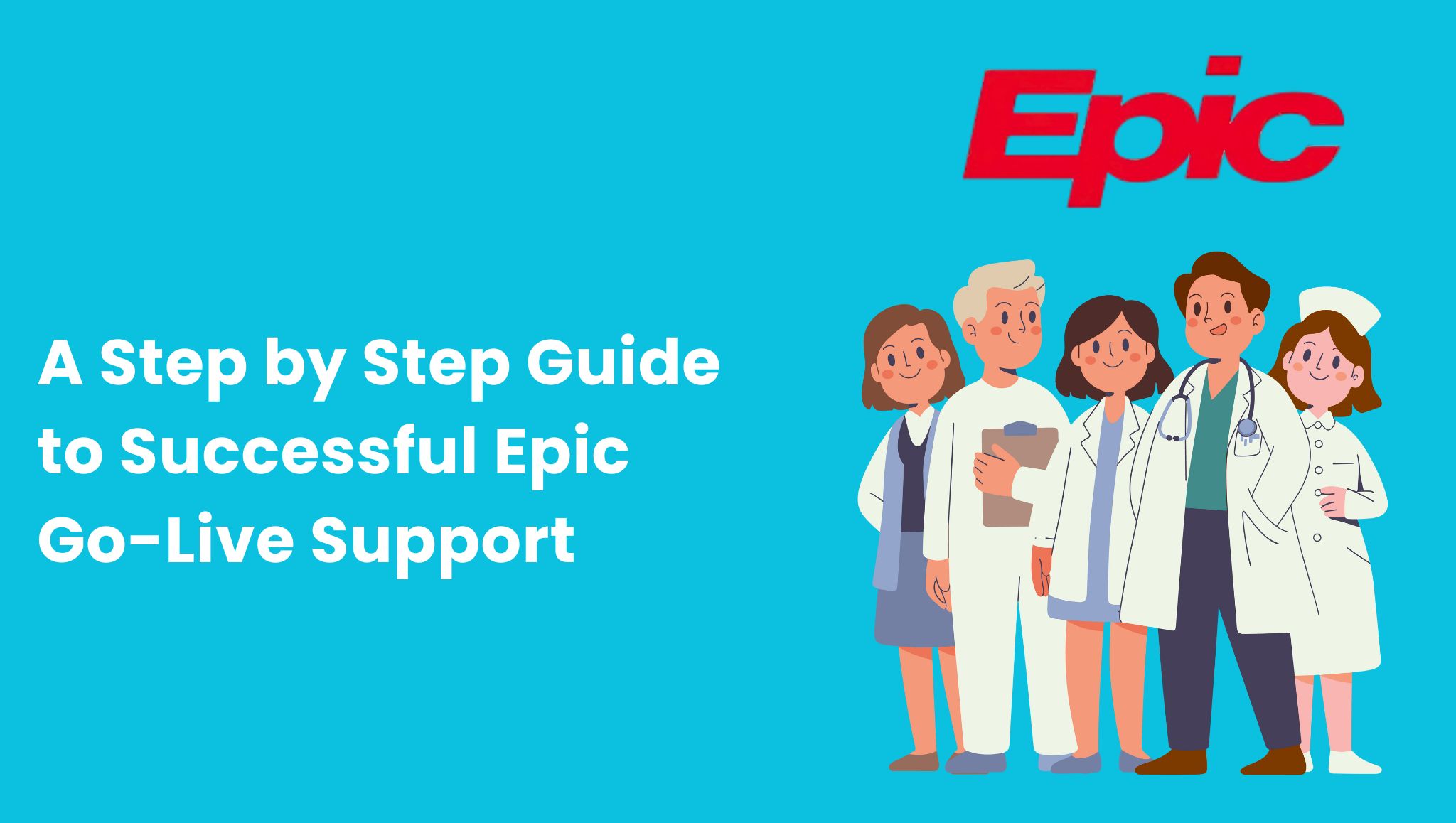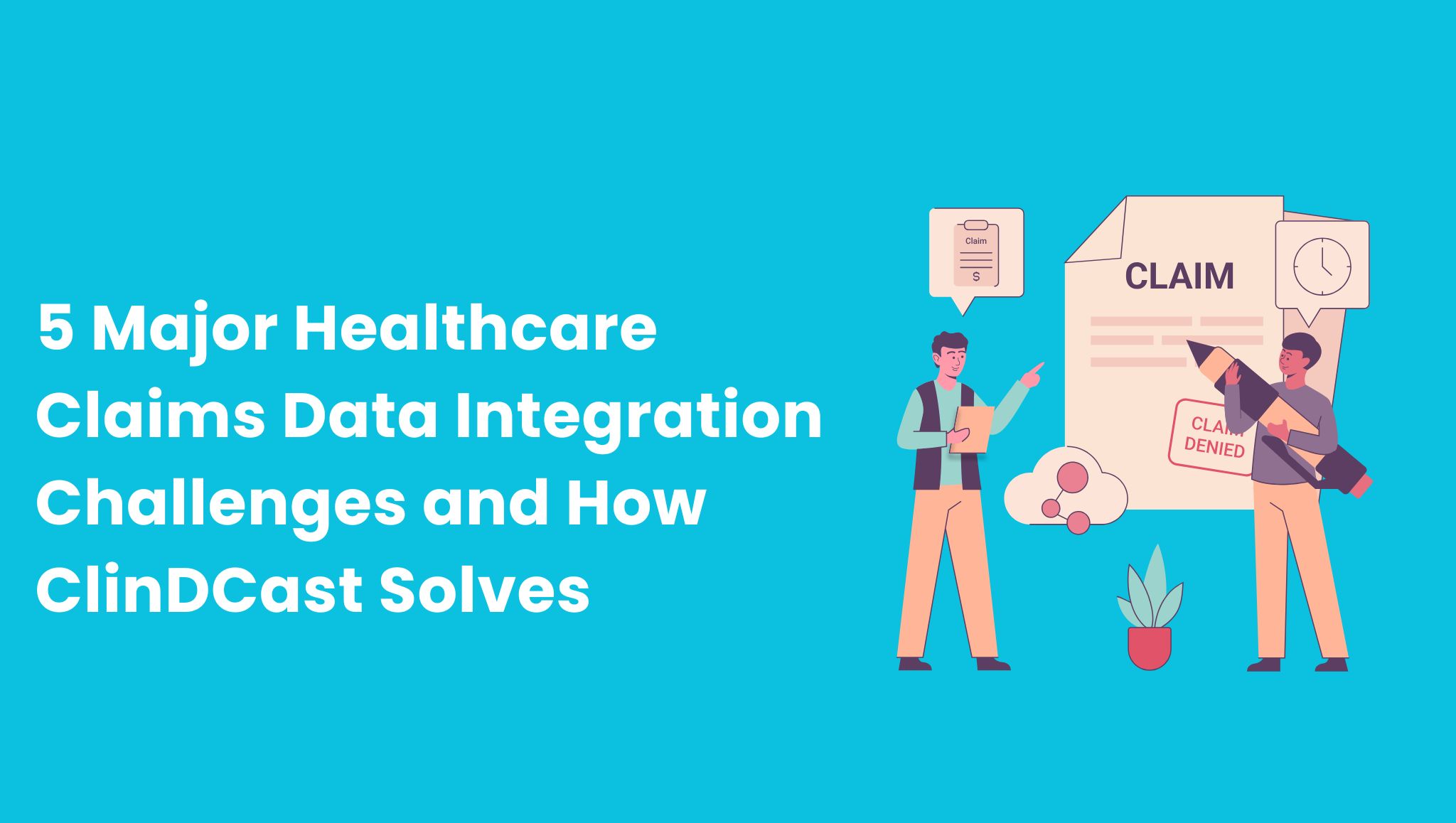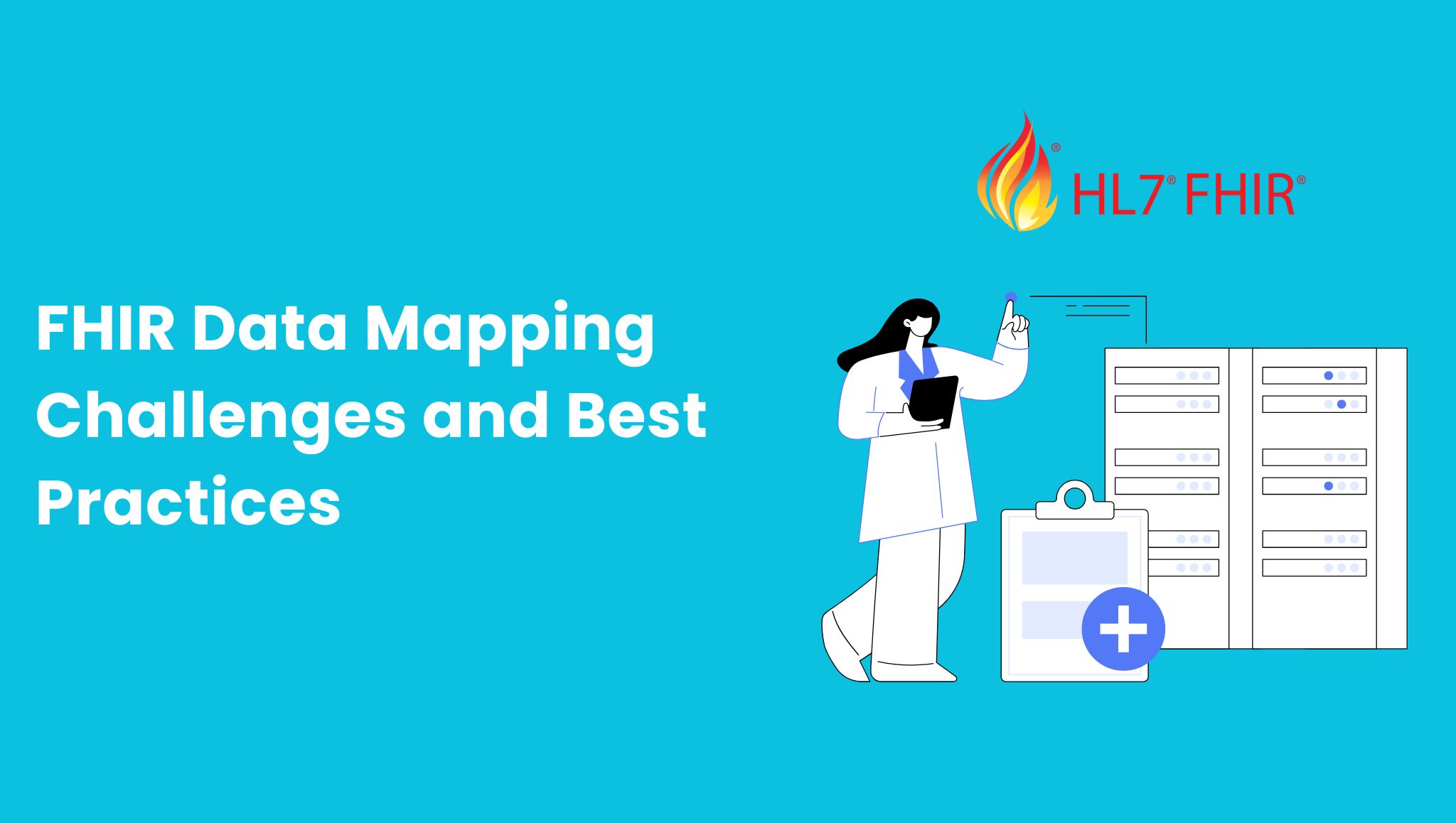
As healthcare continues its digital transformation, Fast Healthcare Interoperability Resources (FHIR) has become the go-to standard for exchanging both clinical and administrative data. Created by HL7, FHIR makes it easier for different systems—like EHRs, labs, pharmacies, and patient apps—to communicate seamlessly. But adopting FHIR isn’t plug-and-play. One of the toughest steps is FHIR data mapping, which involves converting legacy healthcare data into standardized FHIR resources so that different systems can interpret it correctly.
This article breaks down the challenges of FHIR Data Mapping Challenges and Best Practices for achieving successful interoperability.
What is FHIR Data Mapping?
FHIR data mapping is the process of converting healthcare information from its original format into FHIR resources.
For example:
a) Translating patient demographics from an EHR into a FHIR Patient resource
b) Converting lab results from HL7 v2 into FHIR Observation resources
c) Mapping insurance or billing data into FHIR Coverage resources
This ensures that information stays consistent, accurate, and shareable across healthcare providers, payers, and third-party apps.
Why FHIR Data Mapping Matters
Accurate mapping enables:
a) Seamless interoperability – Data moves between systems without misinterpretation
b) Regulatory compliance – Supports laws like the 21st Century Cures Act requiring FHIR APIs
c) Data quality – Reduces errors from misaligned fields or missing values
d) Integration with modern apps – Brings telehealth, wearables, and AI-driven insights into workflows
e) Better patient experience – Provides patients with unified access to health records across settings
Challenges in FHIR Data Mapping
- Complex Legacy Systems
Older formats like HL7 v2, CCD, or custom EHR structures often contain non-standard codes, custom fields, or inconsistent hierarchies. For example, mapping a blood pressure reading from HL7 to a FHIR Observation may require deep domain expertise. - Data Quality Issues
Healthcare data is often incomplete or inconsistent, with:
a) Missing identifiers
b) Duplicate records
c) Incorrect coding
d) Free-text notes that are hard to map - Managing Multiple FHIR Versions
With versions like DSTU2, STU3, R4, and R5 in circulation, keeping mappings up to date is an ongoing challenge. - Semantic Interoperability
Even if two systems use FHIR, they may interpret values differently—for example, one uses LOINC while another relies on custom codes. - Security and Privacy
Sensitive patient data must be protected during mapping with:
a) Encryption
b) HIPAA-compliant processes
c) Access controls
d) Audit logs - Scalability and Performance
Mapping a small dataset is manageable, but scaling to millions of records or enabling real-time APIs requires strong architecture and optimization.
Best Practices for FHIR Data Mapping
- Assess Your Data First
Evaluate:
a) Source systems and formats
b) Data quality issues
c) Required FHIR resources - Use Standard Code Sets
Leverage:
a) LOINC
b) SNOMED CT
c) ICD-10
d) CPT/HCPCS - Prioritize High-Value Use Cases
Start with:
a) Patient demographics
b) Lab results
c) Medications
d) Appointments - Follow Implementation Guides
Examples include:
a) US Core
b) Da Vinci
c) CARIN - Automate Where Possible
Use:
a) ETL tools
b) FHIR transformation platforms
c) AI-driven mapping assistants - Validate Early and Often
Validation tools like:
a) HL7 Validator
b) Inferno Testing Suite - Establish Strong Governance
Focus on:
a) Version management
b) Documentation
c) Security policies - Plan for Scalability
Design for:
a) Real-time performance
b) Batch processing
c) Cloud-native scalability
Tools for FHIR Data Mapping
a) Mirth Connect – Open-source interface engine with custom scripting
b) InterSystems IRIS – High-performance healthcare data platform
c) Redox – Cloud-based integration with prebuilt FHIR connectors
d) Smile CDR – FHIR server with transformation and scalability features
e) AWS HealthLake – Cloud-native data lake with AI/ML and FHIR-native support
The Future of FHIR Data Mapping
a) AI-driven mapping tools will cut manual effort
b) FHIR R5 adoption will expand features
c) Global efforts will drive more standardization
Healthcare organizations that adopt scalable, standards-based mapping strategies now will be best prepared for the future.
Final Thoughts
FHIR data mapping is central to modern interoperability. While challenges like legacy formats, poor data quality, and semantic mismatches exist, following best practices—like leveraging standards, automating workflows, validating often, and implementing governance—paves the way for success.
Handled strategically, FHIR data mapping enables healthcare organizations to meet regulations, improve patient outcomes, and unlock the full potential of connected care.










